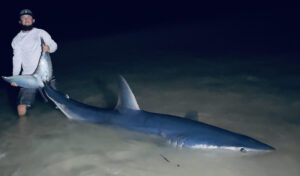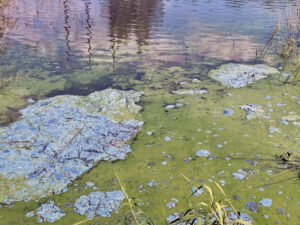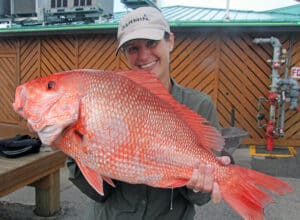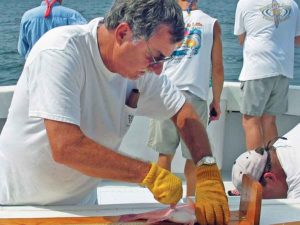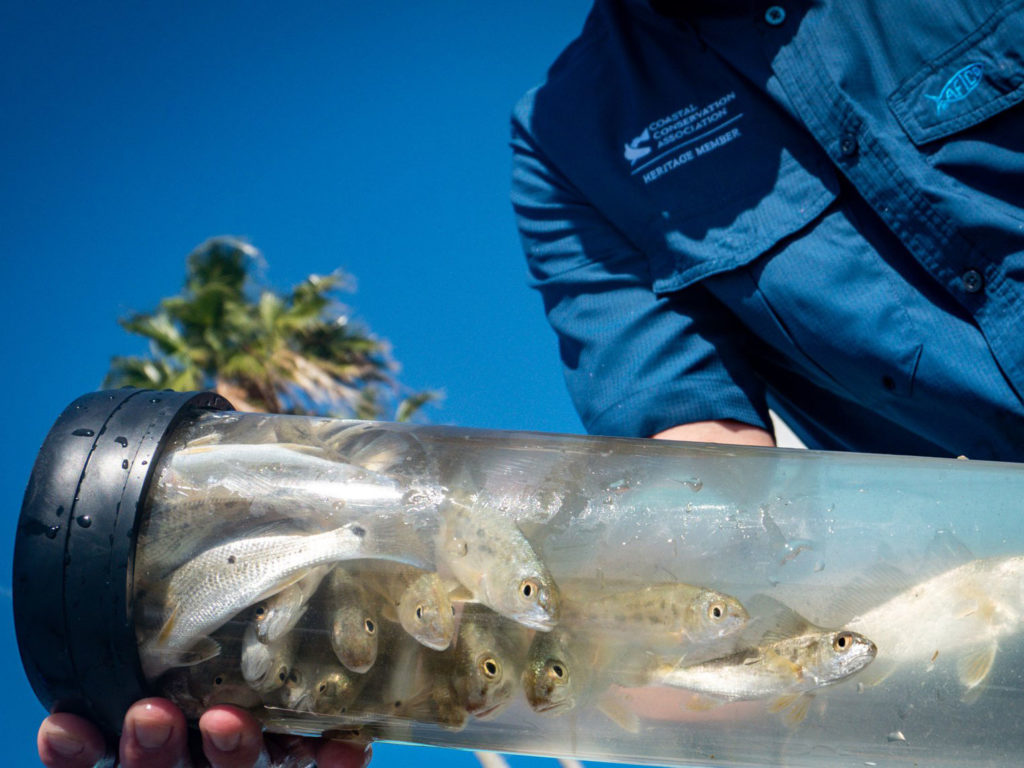
Florida state fisheries biologists have been working with Duke Energy’s Crystal River Mariculture Center and the Coastal Conservation Association (CCA) using hatchery-reared red drum fingerlings to provide students with a hands-on education in aquaculture.
According to the Florida Fish and Wildlife Conservation Commission (FWC), the “Aquaculture in the Classroom” program is designed for students ranging from fifth grade through college. The program teaches students the basic principles of aquaculture, marine research and how stock enhancement plays a role in supporting Florida’s marine fisheries.
Since 2001, FWC has worked closely with school administrators, teachers, and students in more than 25 Florida schools from Miami to Pensacola.
Currently, seven schools are participating statewide, and 500 red drum fingerlings have been distributed for aquaculture work. Some schools and educational facilities, including the Energy and Marine Center in Pasco County, can rear fish all year round in recirculating aquaculture systems, says the FWC.
State biologists work with teachers to develop a classroom curriculum that meets Florida school standards. The program provides students the opportunity to design fish-raising systems, perform daily fish care routines, and conduct research projects, such as salinity tolerance tests, feed studies and water quality and chemistry work.
“We have fingerling redfish right now,” Aimee Owens, instructor of the agriculture course at Crystal River High School, told the Citrus County Chronicle. “So, we’ll raise them throughout the year and then eventually they’ll be released. It’s a good opportunity for the students to learn and get hands-on experience, career experience in the aquaculture industry, hopefully encourage some enthusiasm and maybe spark some interest in future careers.”
Students in the program are excited about the aquaculture work they do, according to the Chronicle.
“It’s the coolest class you can take,” said Jesse Paul, a sophomore who’s been in the class for two years. “The most hands on, too, with the fish. I mean, I like fishing, so it’s fun.”
John Snowlakatis, a Crystal River sophomore taking the class for a second year agrees.
“This is one of my favorite projects, and I look forward to coming in and helping with it,” Snowlakatis told the Chronicle.
“My dad and I love (red)fishing, so I get to do hands-on stuff with them. This is pretty cool because I get to see how they actually grow and not just catch them.”
Read Next: Redfish Secrets Revealed by Biologists
Instructor Aimee Owens says many students are inspired by the program. She’s hopeful that some students follow with careers in fishing, biology and environmental fields as a result of their aquaculture experiences.
“It’s a great opportunity for them,” Owens said. “I feel like they can read it in a book, they can watch a video on it, but whenever they actually put their hands on it, it makes a world of difference, and you can see them light up and get enthusiastic. It’s really exciting.”

